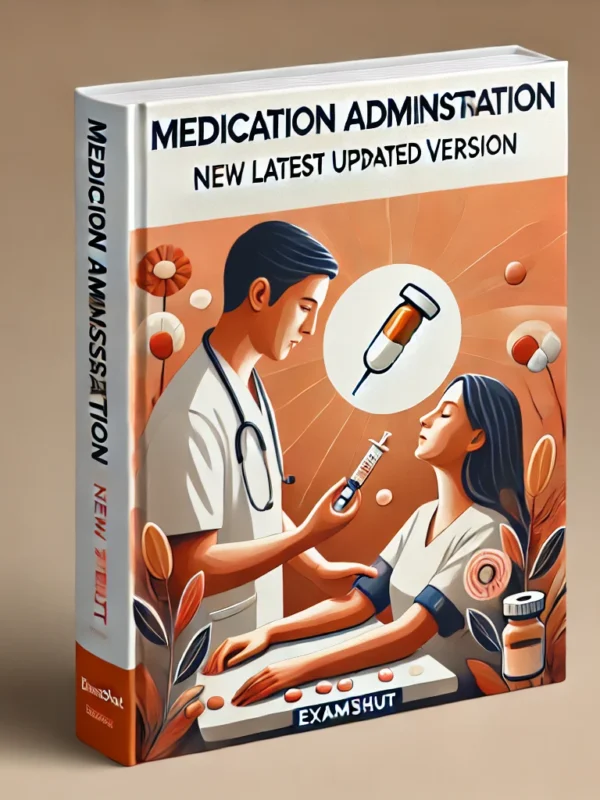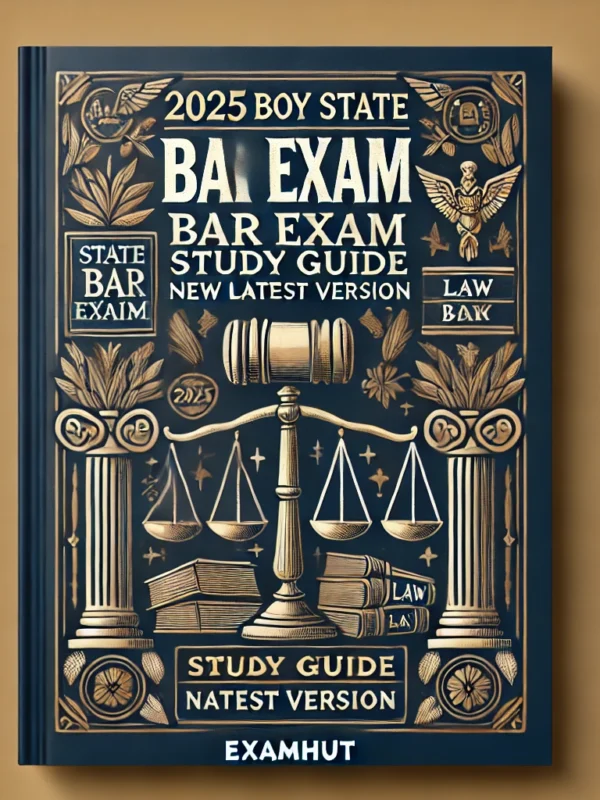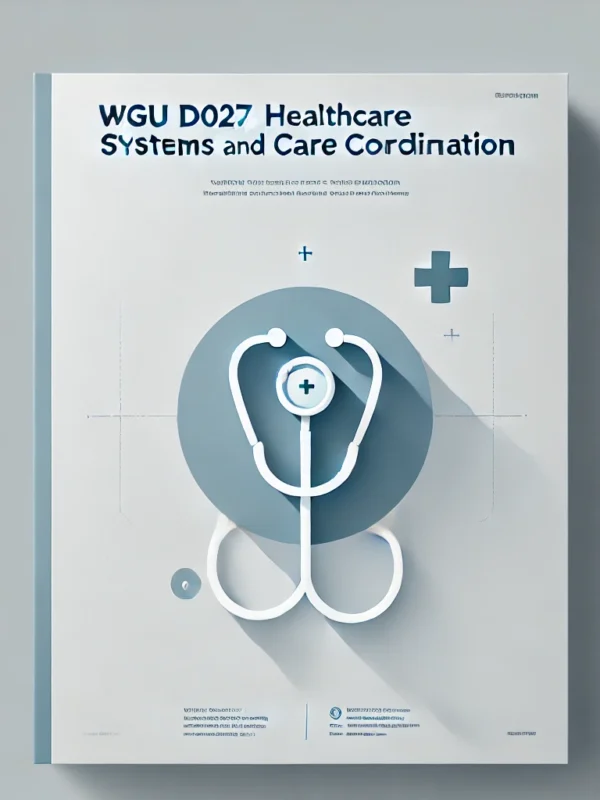Elevate your preparation for the ARRT MRI Registry Exam in 2025 with this targeted mock exam and study guide, designed for radiologic technologists pursuing MRI certification. This resource includes 150 comprehensive practice questions that closely simulate the actual exam’s format, covering critical areas such as MRI physics, patient care, imaging procedures, and safety protocols. Each question is accompanied by detailed explanations to deepen your understanding of complex MRI concepts, including magnetic field interactions, pulse sequences, and artifact management. Aligned with the 2025 ARRT MRI content specifications, this guide integrates the latest advancements in MRI technology and clinical best practices. Perfect for candidates aiming to build confidence and achieve certification success, this mock exam and study guide is an essential tool for mastering MRI knowledge and excelling in the exam.
Preview
1. Reducing the number of lines filled in k-space will produce an image:
A. With a decrease in spatial resolution
B. With an increase in spatial resolution
C. With a decrease in overall SNR
D. With an increase in overall SNR
E. With a reduced overall scan time
F. B, C, and E only
G. A, D, and E only
Correct answer: G. A, D, and E only
Rationale:
Reducing the number of lines filled in k-space decreases the number of phase encoding
steps, which results in shorter scan times, an increase in overall signal-to-noise ratio
(SNR), and a decrease in spatial resolution due to fewer data points. Thus, A, D, and E
are the correct choices.
2. The smallest object that can be resolved in an image acquired with a 24cm FOV
and a 272 x 272 matrix is _________ mm.
A. 0.76mm
B. 0.88mm
C. 0.93mm
D. 1.13mm
E. 1.24mm
Correct answer: B. 0.88mm
Rationale:
The smallest object that can be resolved is determined by dividing the field of view
(FOV) by the matrix size. For a 24cm FOV and a 272 x 272 matrix, the resolution is
24cm/272 = 0.088 cm or 0.88mm.
3. To produce an image based on differences in T1, the time interval between 90°
excitation pulses should be:
A. Long
B. Short
C. Refocused
D. Inverted
Correct answer: B. Short
Rationale:
To acquire an image based on T1 relaxation, a short time interval between the 90°
excitation pulse and subsequent pulse ensures that T1 differences are captured. A
longer interval would cause T1 relaxation effects to decay too much, reducing the
contrast.
A. With a decrease in spatial resolution
B. With an increase in spatial resolution
C. With a decrease in overall SNR
D. With an increase in overall SNR
E. With a reduced overall scan time
F. B, C, and E only
G. A, D, and E only
Correct answer: G. A, D, and E only
Rationale:
Reducing the number of lines filled in k-space decreases the number of phase encoding
steps, which results in shorter scan times, an increase in overall signal-to-noise ratio
(SNR), and a decrease in spatial resolution due to fewer data points. Thus, A, D, and E
are the correct choices.
2. The smallest object that can be resolved in an image acquired with a 24cm FOV
and a 272 x 272 matrix is _________ mm.
A. 0.76mm
B. 0.88mm
C. 0.93mm
D. 1.13mm
E. 1.24mm
Correct answer: B. 0.88mm
Rationale:
The smallest object that can be resolved is determined by dividing the field of view
(FOV) by the matrix size. For a 24cm FOV and a 272 x 272 matrix, the resolution is
24cm/272 = 0.088 cm or 0.88mm.
3. To produce an image based on differences in T1, the time interval between 90°
excitation pulses should be:
A. Long
B. Short
C. Refocused
D. Inverted
Correct answer: B. Short
Rationale:
To acquire an image based on T1 relaxation, a short time interval between the 90°
excitation pulse and subsequent pulse ensures that T1 differences are captured. A
longer interval would cause T1 relaxation effects to decay too much, reducing the
contrast.










Reviews
There are no reviews yet.